We use the chain of survival to educate people about their vital role in helping SCA victims. Bystanders can help save lives by activating the links of the chain. Learn more about how to recognise a SCA.
The chain of survival is a series of events that must occur in rapid succession to maximise the chance of survival after sudden cardiac arrest. We use the chain of survival to educate people about their vital role in helping SCA victims. Bystanders can help save lives by activating the links of the chain.
Sudden cardiac arrest is an emergency situation for which emergency services often do not arrive in time. Bystanders are of great importance when it comes to activating the first four links of the chain:
1. Recognise SCA
2. Call 999
3. Start CPR
4. Use AED
5. Send to Hospital
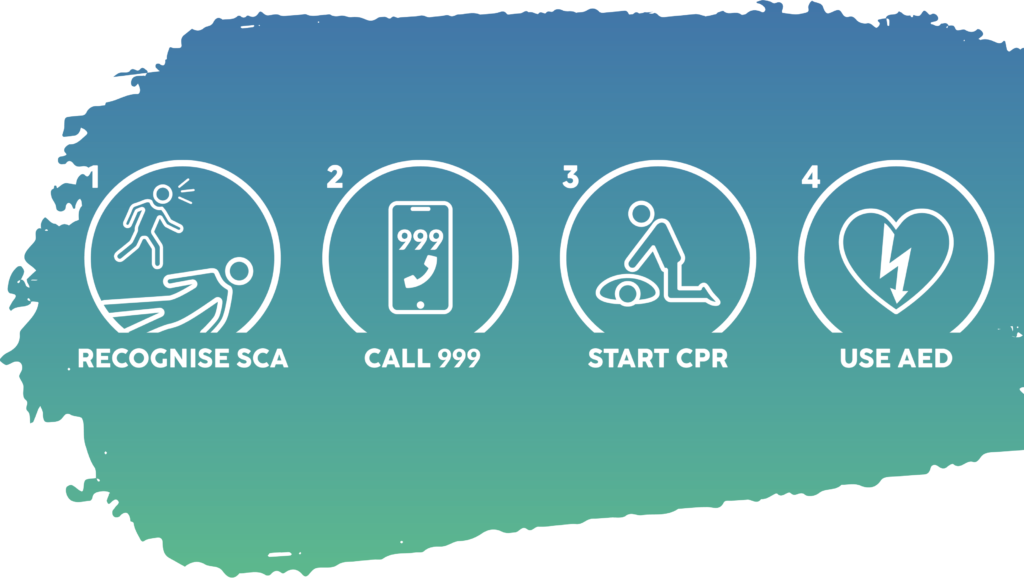
Immediate recognition of sudden cardiac arrest is crucial for saving a life. With every minute that passes, the survival rate drops by around 20%.
But how do you recognise that someone is suffering a sudden cardiac arrest? If someone unexpectedly collapses (or has already collapsed and is lying on the floor), is unresponsive and not breathing normally, that person is likely experiencing sudden cardiac arrest. This person needs immediate care, as every second counts.
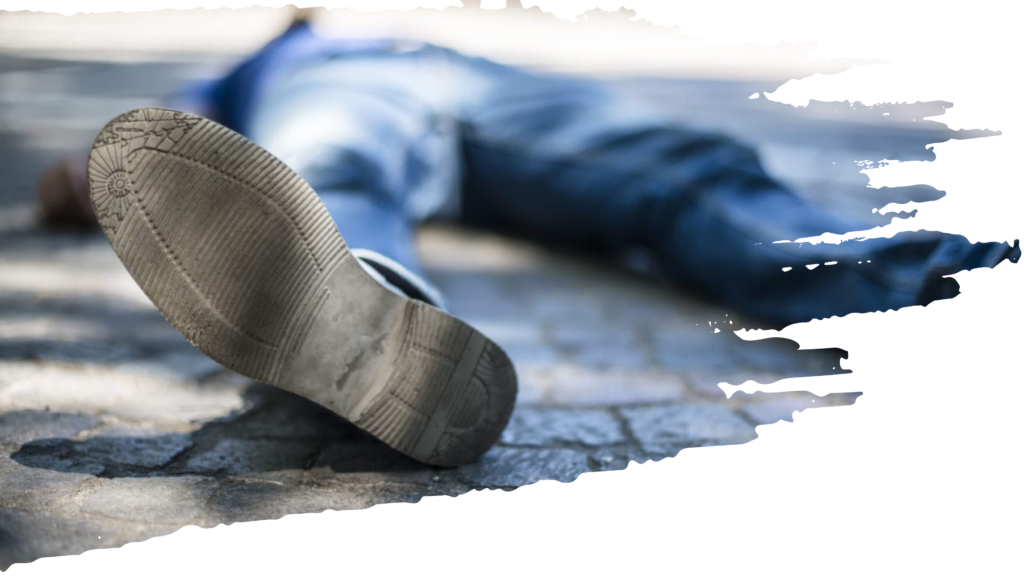
In the event of an emergency, immediately call the emergency number 999 to get help, and ask for ‘Ambulance’. You will be connected to the next available ambulance service that is able to take your call (it may not be your local service, but don’t worry – they can still ‘see’ you and activate an ambulance to you). Make sure to follow the dispatcher’s instructions. To learn how ambulances are activated, please click on the link below to see the video.
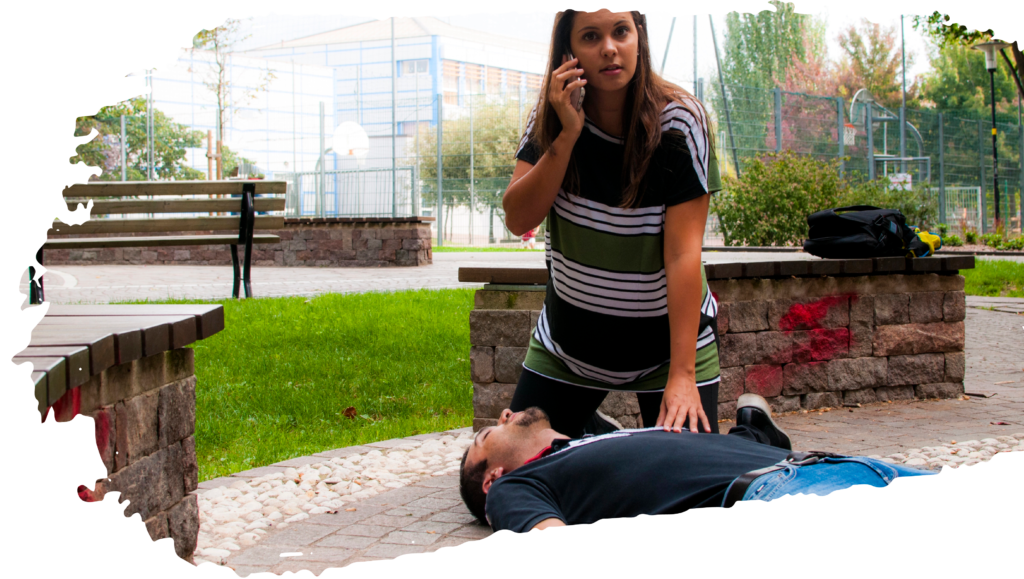
Start Chest Compressions (CPR) as soon as possible. Ambulance services are required to get you doing CPR within 60s of your call.
Place your hands on the centre of the chest and push hard and fast with an average of 100-120 compressions per minute. Continue the compressions – don’t worry about breaths. Just follow the Ambulance operator’s instructions. By doing compressions, you are keeping someone alive!
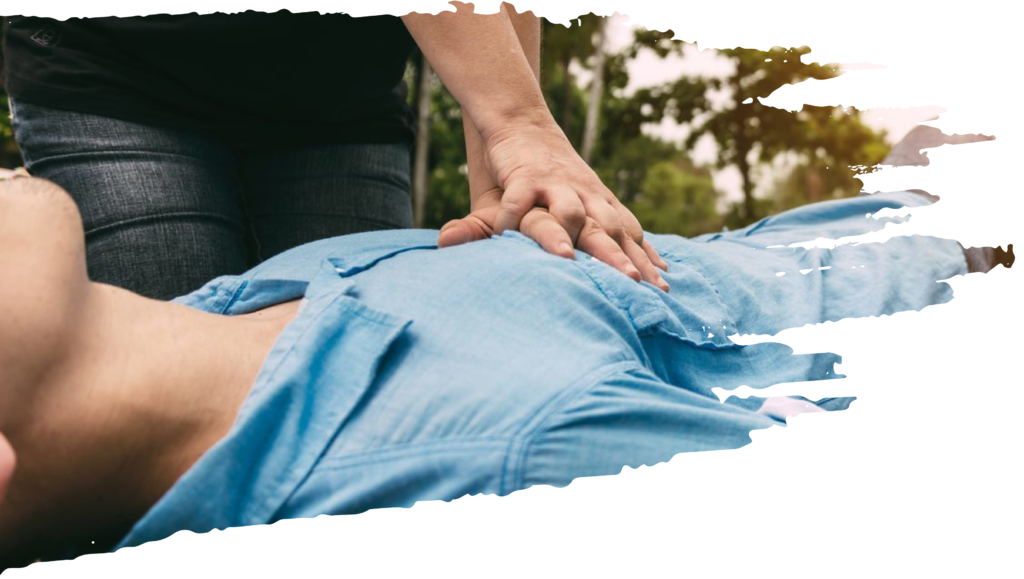
Use an automated external defibrillator (AED) to get the heart working again. An AED can deliver a shock to the heart to restore its rhythm. AEDs are often placed in public places such as malls, city centres, offices, grocery stores and airports. Yiu cannot harm anyone by using an AED – they don’t work unless the casualty is in Cardiac Arrest.
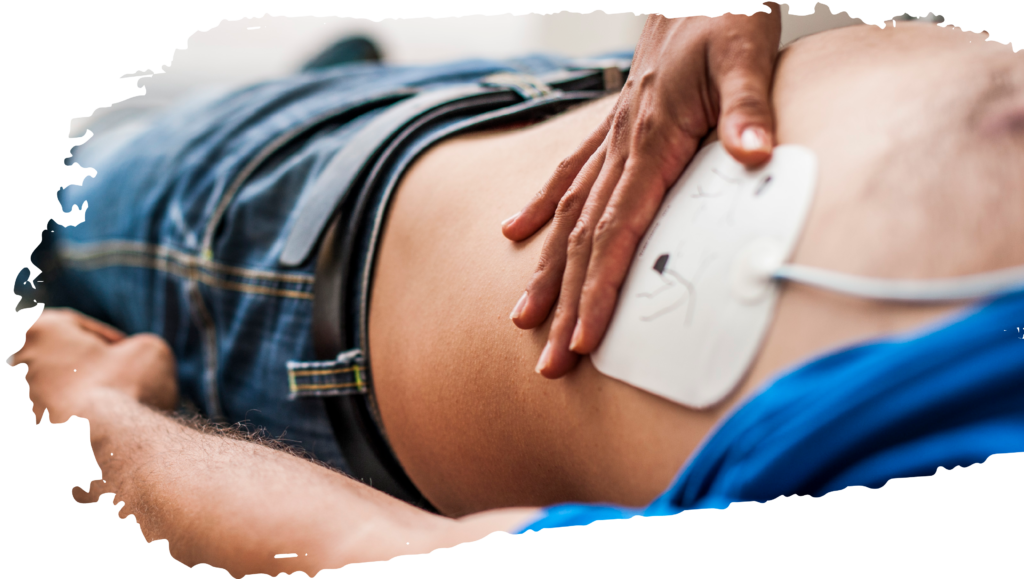
You can’t impact this, but you can prepare information for the paramedics when they arrive – when did it happen? How long have you been doing CPR? What is the patient’s name? etc.

The survival chance drops by 20% with every minute that passes. After six minutes, untreated cardiac arrest can cause permanent damage.
For this reason, immediate recognition and care after collapse are absolutely vital. As it can take on average 10 minutes for an ambulance to arrive, bystanders can play a crucial role in saving a person’s life.
Knowing how to recognise sudden cardiac arrest can genuinely make the difference between life and death.
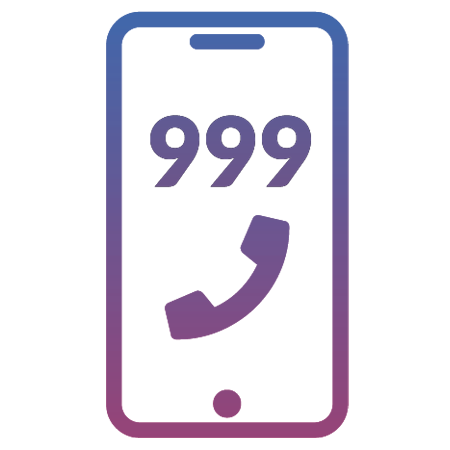
The dispatcher will help you with the next steps.
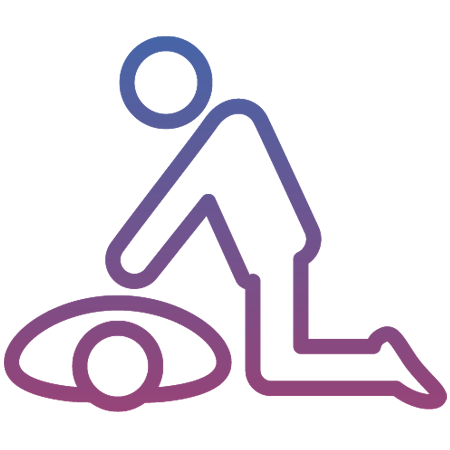
Just do continuous chest compressions
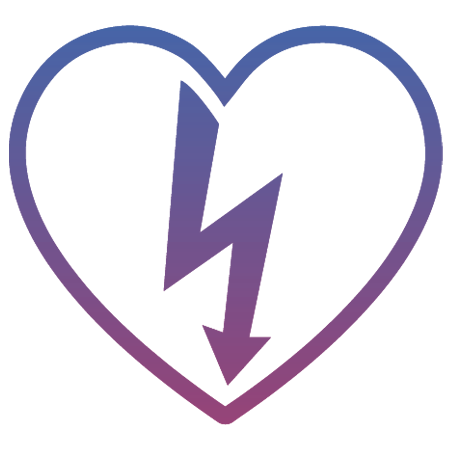
Follow the steps as instructed by the AED.
We all have the power! Get in touch with our foundation and help us save lives across Europe.